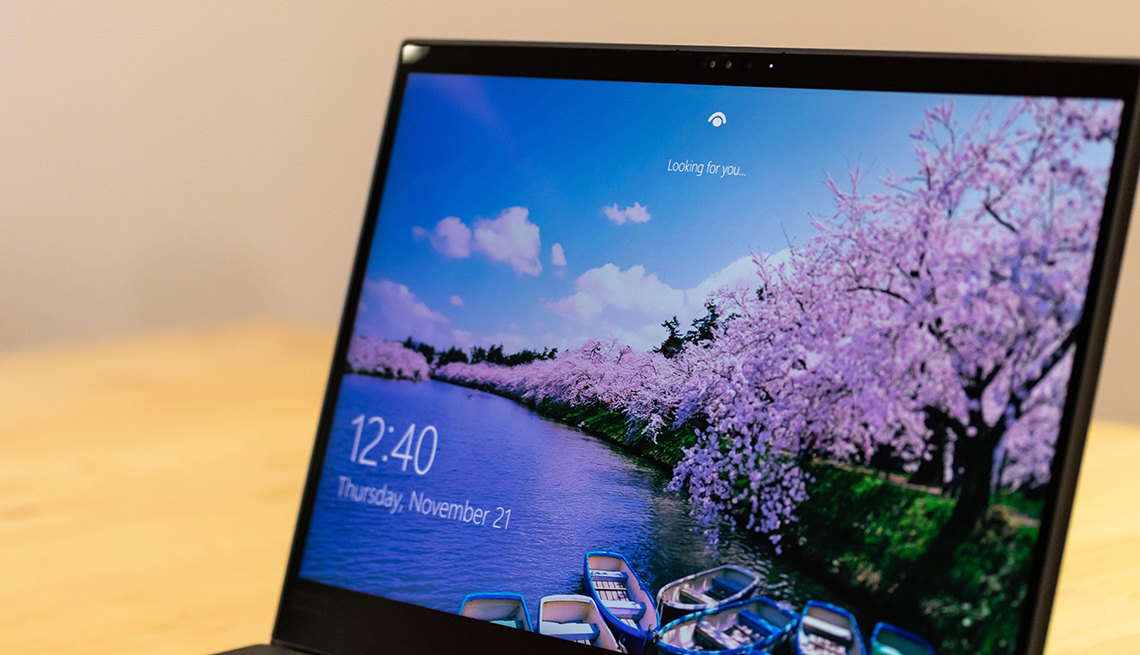
10 free tips and tricks to try in windows 10
- Select a language for the TTS:
- UK English Female
- UK English Male
- US English Female
- US English Male
- Australian Female
- Australian Male
- Language selected: (auto detect) - EN
Play all audios:

By adding “pointer trails” you can see where your mouse is moving on the screen. 1. Select the START button, then SETTINGS | DEVICES | MOUSE | ADDITIONAL MOUSE OPTIONS. 2. In the MOUSE
PROPERTIES window, select the POINTER OPTIONS tab | DISPLAY POINTER TRAILS | OK. Windows 10 also lets you magnify your screen to see words and images better. To open Magnifier quickly, press
the WINDOWS LOGO KEY and PLUS SIGN (+). When Magnifier is open, use WINDOWS LOGO KEY and PLUS SIGN (+) or WINDOWS LOGO KEY and MINUS SIGN (-) to zoom in or out. To close Magnifier, press
WINDOWS LOGO KEY and ESC. 4. USE CORTANA, MICROSOFT'S PERSONAL ASSISTANT Cortana is Microsoft's digital assistant that helps you with various tasks. Think of her like Amazon's
Alexa, Apple's Siri or Google Assistant but baked into Windows 10. You likely were asked if you wanted to enable Cortana when you set up Windows 10 for the first time. If not,
here's how to get started: dennizn / Alamy Stock Photo 1. Activate Cortana by tapping or clicking START | CORTANA. 2. Select USE CORTANA. Click YES if you want speech, inking (support
for a digital pen) and typing personalization turned on. This helps Cortana get to know you better and can help her complete various tasks. You also can choose NO THANKS if you don't
want this feature turned on. 3. Cortana now sits on your task bar at the bottom of your screen. You can wake her up by saying “Hey, Cortana,” if you enabled that or by clicking the Cortana
icon on the taskbar, which looks like a circle, and is to the right of the search window. After you've awakened her, try asking, “What can you do?" Cortana can help manage your
calendar and keep your schedule up to date, join a meeting in Microsoft Teams or find out who your next meeting is with, create and manage lists, set reminders and alarms, and find facts,
definitions and other information. BE AWARE: Cortana asks for permissions to track your activity so it can be useful, and Microsoft makes it difficult to totally disable Cortana once
you've enabled it. So be sure you don't mind that tracking. 5. STOP TYPING AND START DICTATING Instead of jotting down a note or writing a paper, you can talk to your PC. You also
can control your computer by speaking to it, such as starting programs, opening menus and clicking buttons. Getty Images To get going: 1. Type SPEECH in the search window beside the Start
icon. Press ENTER or click the button that says WINDOWS SPEECH RECOGNITION | NEXT. 2. Choose the type of microphone you're using, such as a headset, desktop microphone or perhaps one
that's built into the computer itself. Click NEXT. 3. Walk through the prompts, conduct a short audio test, then make sure the toggle is set to ON beside DICTATE TEXT AND CONTROL YOUR
DEVICE USING YOUR VOICE. 4. Place your cursor in any text field, either directly within Windows 10 or in an app such as Microsoft Word. Press the WINDOWS LOGO KEY and H and start speaking
into your computer's microphone. 6. RETURN TO PAST ACTIVITIES WITH TIMELINE With Windows 10's Timeline, you can quickly go back in time to access files and media you previously
worked on. Whether you started writing a document yesterday or you want to call up a video from up to 30 days ago, Timeline makes it easier to find what you're looking for. 1. Click the
TASK VIEW ICON in the task bar at the bottom of your screen, to the right of the search window, to see all your recent activities. Or open TASK VIEW by pressing the WINDOWS LOGO KEY and
TAB. 2. See snapshots of the most relevant activities as small windows you can tap or click on in the default view. Plus you can slide the scrollbar on the right to get back to past
activities. You also can pick up what you were doing in Microsoft Edge or Office 365 on your iOS or Android device. 3. Can't find the exact activity you're looking for in the
default view? Search using relevant keywords in the upper right corner. To close the feature, tap the ESCAPE (esc) key at the upper left on your keyboard until you've backed out and
have returned to your previous screen.
